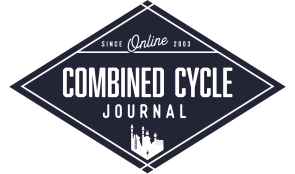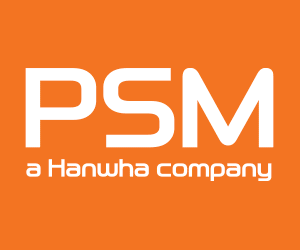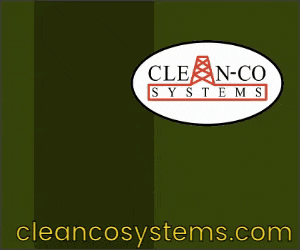
The exhaust frame faces several critical operational and maintenance challenges primarily because of cyclic, variable, and minimal load operations. No matter the turbine model, end users and solutions providers are reporting more frequent inspections and maintenance on this vulnerable equipment.
Here, David Clarida of Integrity Power Solutions (IPS) reviews his recent experience at a Texas CCGT facility faced with a challenging operational profile dealing with high demand for electricity coupled with renewable resource intermittency.
“Keeping a watchful eye on the exhaust frame is paramount to effectively plant maintenance,” stresses Clarida. Key issues include high and increasing repair costs, materials degradation, inadequate longevity of current repairs, and cooling-air loss resulting in operational inefficiencies, increased temperatures, and potential structural risks—such as casing cracks. Fig 1 illustrates typical issues identified during inspections.
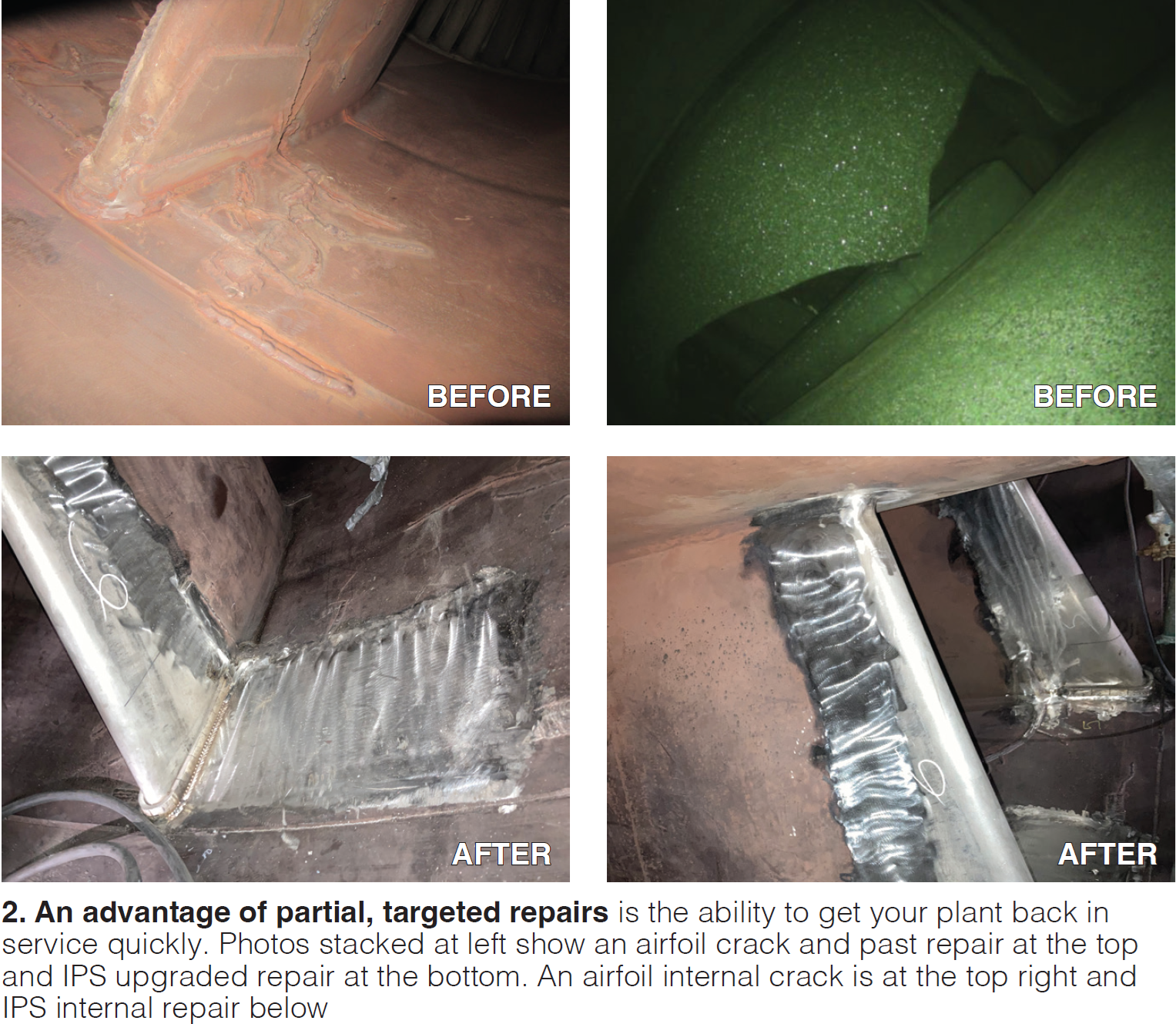
According to Clarida, solutions range from partial, targeted repairs, such as those shown in Fig 2, when outages are short or limited, through comprehensive shop or onsite refurbishments, to complete replacements involving all upgrades. The last is optimal when internal alignments are already required.
The case study of a 7F exhaust frame shared here illustrates a multi-year progression of inspection, evaluation, and maintenance efforts aimed at preserving long-term reliability.
Problem areas to keep an eye on
- Flex-seal failures: Early designs frequently fail, causing significant cooling-air leaks and maintenance demands. Upgrading to improved flex-seal retention assemblies has proven successful in extending seal life and reducing maintenance.
- L-seal-block cracking: Frequent axial and circumferential cracking. The upgraded Monoblock L-seal design reduces cracking significantly by simplifying the structure and minimizing weld points.
- Parting-joint issues: The joint often experiences separation, cracking, and leakage of cooling air. An upgraded robust tongue-and-groove design effectively mitigates these problems, substantially decreasing leakage and structural distress.
- Airfoil issues: Airfoil channels and tails frequently crack and lose insulation integrity, elevating risks such as high wheel-space temperatures. Robust airfoil upgrades—including improved welding, integrated spines, and upgraded internal channels—reduce stresses and extend service life.
- Insulation-pack failures: Insulation cracking and loss lead to increased risks of component distortion and cooling hole blockage. Enhanced insulation packs eliminate traditional clips, improve attachment, and increase insulation density, significantly improving durability.
- Aft diffuser concerns: Shell and flange cracking at stress-concentration points indicate severe structural stress and degraded material. Upgraded diffuser designs reduce these structural concerns.
The timeline began in June 2020, when a scheduled exhaust inspection revealed early indicators of component wear and degradation in the airfoil channels. These initial findings prompted a more targeted borescope inspection in November 2020, which provided detailed visuals confirming the need for corrective action. Based on those results, the plant proceeded with airfoil tail and channel replacements, plus a diffuser repair, in May 2021, effectively addressing the most pressing concerns.
Finally, with the next major opportunity for intervention, a comprehensive exhaust-frame field refurbishment was carried out by IPS in March 2024 (Fig 3). This allowed the customer to restore structural integrity and performance while minimizing downtime, marking the culmination of a carefully planned and executed long-term maintenance strategy.
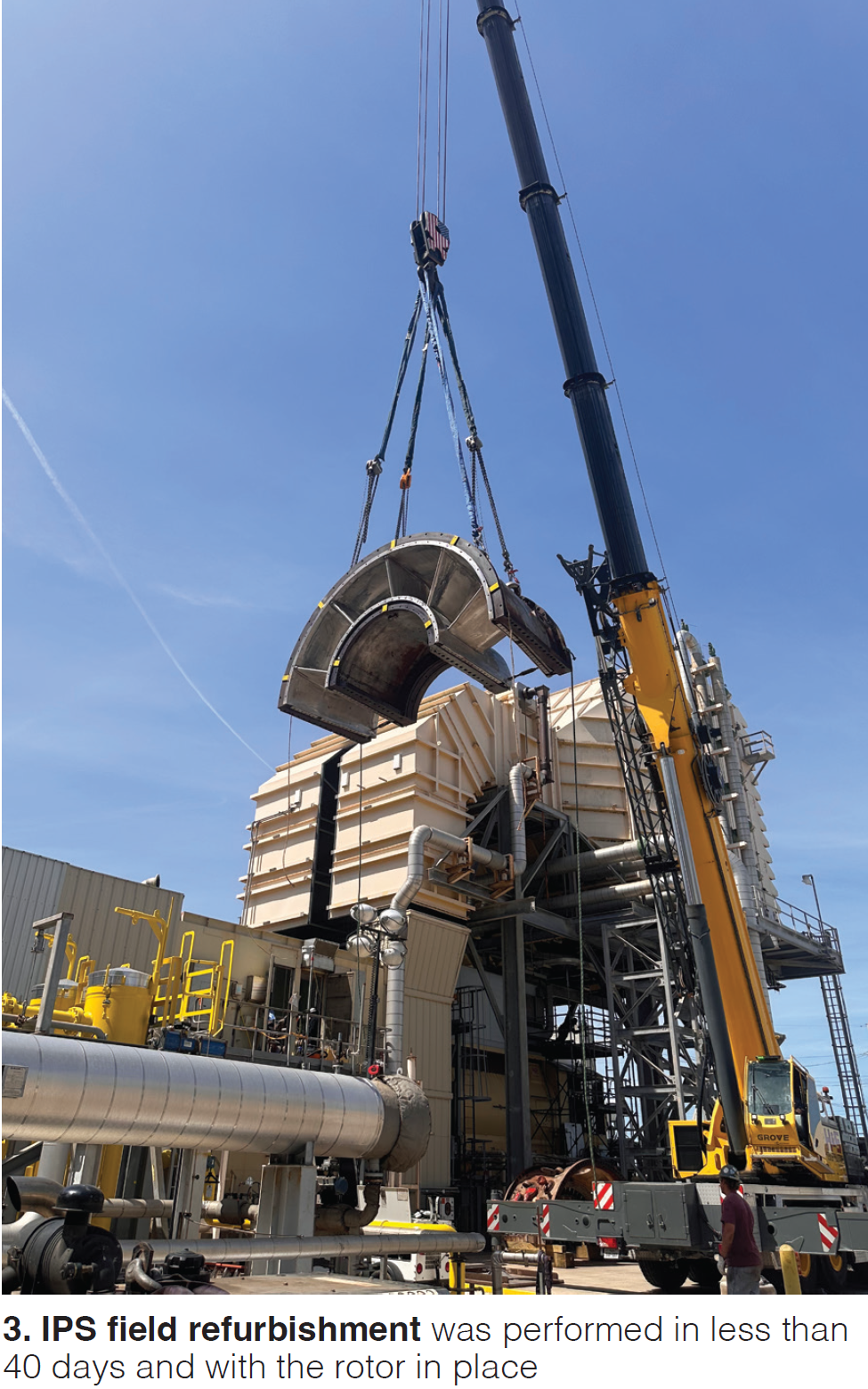
This refurbishment demonstrated significant operational improvements, including reduced cooling blower load and elimination of redundant blower operation, confirming the effectiveness of the upgraded solutions. CCJ

